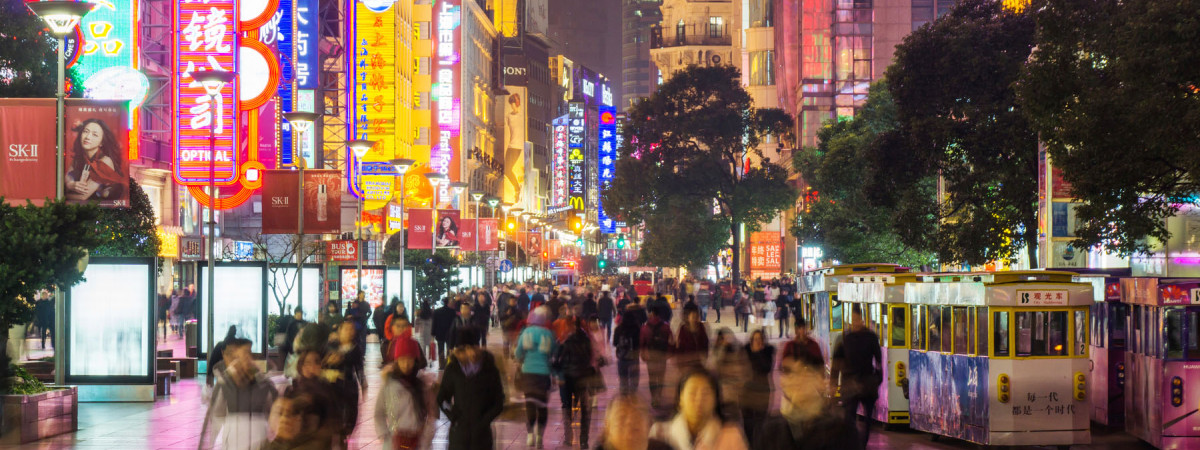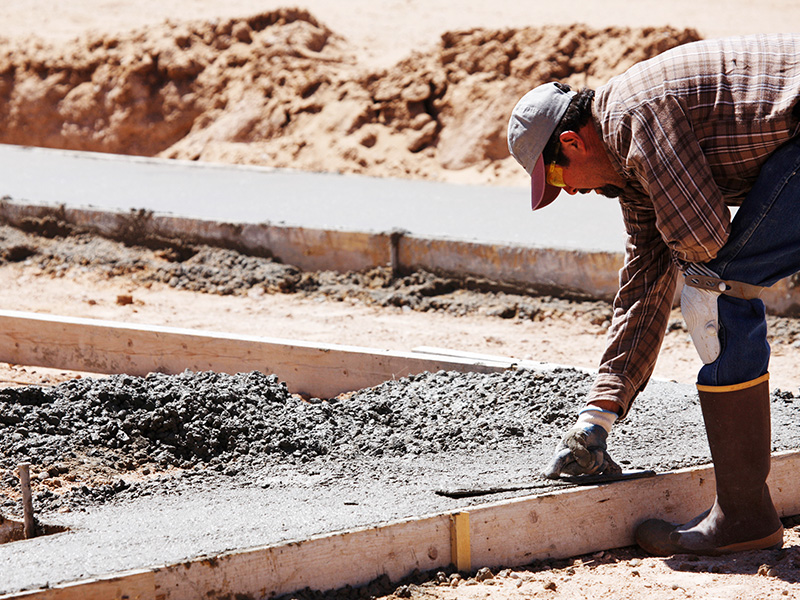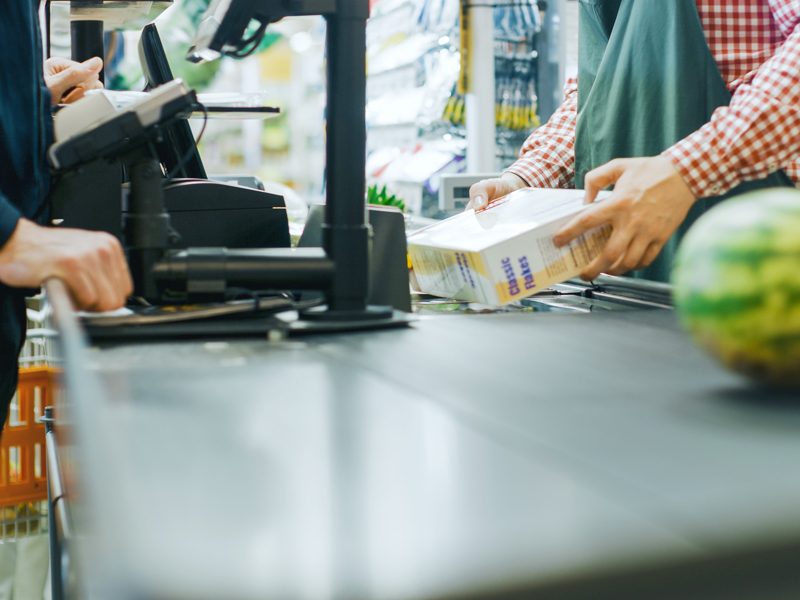
Photo by Conceptualmotion on iStock
Authors
-
Lin Wang
Former Director, Transformation, BSR
-
Anna Iles
Former Associate Director, Transformation, BSR
-
Olivia Li
Former Manager, Transformation, BSR
-

Associate, Shared Services, BSR
Key Points
- China is experiencing a flourishing ecosystem of sustainable start-ups.
- One driver is a strong preference for local and small-scale brands that provides unique and sustainable offerings, reflecting shifting consumer preferences.
- To stay the course, businesses are showing their capacity to integrate sustainable product solutions, from alternative materials to production techniques.
- BSR’s Asia-Pacific Team provides 5 key actions on how business can stay ahead of this transformative shift.
A comprehensive drive to foster sustainable lifestyles is underway in Chinese markets, propelled by a range of policy incentives, targets, and environmental protection measures. This transformative shift has been catalyzed by the pandemic which heightened awareness of the crucial importance of sustainable choices in the face of disruption experienced by fast fashion and retail giants.
As global brands experience some challenges in the Chinese market, businesses looking to make their mark are compelled to go beyond the fast retail model, reconsidering everything from their supply chain to their core offering. At the same time, the market for second-hand goods is growing, alongside the use of recycled materials in products, bringing new opportunities as well as disruptive potential.
This shift is not merely a temporary trend: it is driven by a strong foundation of policy measures and infrastructure development. Alongside climate goals and emission reduction targets, the Circular Economy was promoted to a national priority for 2021-25 to support well-regulated growth in the secondhand market and develop recycling systems for waste materials across manufacturing, forestry, and agriculture. Comprehensive urban recycling systems are also delivering returns (literally): in Shanghai, recycling of domestic waste has reached 40%, with 98% of communities served.
At the same time, we are witnessing significant transformation in consumer behavior in China. This is fueled by a growing awareness of the environmental impact of our choices and facilitated by improved access to sustainable products and services, thanks in particular to the rapid growth of e-commerce platforms since the pandemic. For instance, consumers seeking closer connections with producers are now buying fruit and vegetables directly from thousands of farmers on their WeChat stores. Online resale and reuse platforms are also proliferating: popular ones include Xianyu, swap platform Ewu, recycling platform Aihuishou, and donation platform Ant Love—alongside the expansion of high street secondhand stores like Duozhuayu. This coincides with a growing preference for reusable products such as cups and bags.
It’s of little surprise that China is experiencing a flourishing ecosystem of sustainable start-ups. One driver is a strong preference for local and small-scale brands that provides unique and sustainable offerings, reflecting shifting consumer preferences away from mainstream fast retail models. Another is the Dual Circulation Strategy: a plan launched by the Chinese government in 2020 as the basis for its 14th Five-Year Plan to strengthen its economic power and domestic stability through balanced global and domestic markets with focus of increasing economic self-reliance across production, technology, rural development and consumer markets. Other recent government policies foster an environment conducive to entrepreneurship through regulatory and financial support for innovation, such as preferential tax policies for venture capital and special bonds for innovation in science and tech.
How Global Businesses Can Respond
Global businesses sourcing from and operating in China need to align their strategy and practices with rising consumer demand for innovative products and marketing approaches to match, which is emerging as a force for economic development against an uncertain backdrop. China is still recovering from intense zero-Covid measures, coupled with political leadership reforms. Geopolitical tensions continue to pose challenges, resulting in a fragile market characterized by reduced consumer confidence and production stability. However, international businesses and top personalities are beginning to revisit the Chinese market, emphasizing the importance of maintaining ties with China.
To stay the course, Chinese businesses are showing their capacity to integrate sustainable product solutions, from alternative materials to production techniques, to embrace shifting consumer preferences. EV battery company CATL has opened the world’s first zero-carbon factory in Yibin, while Longyuan Power is blending waste wind turbine blades into building materials. Businesses operating in China, including those exporting to global markets, need to match their pace in adapting and anticipate the broader implications of this new status quo that will reshape China’s consumer market over the next three to five years.
Failure to respond to the changing landscape exposes companies that stick to traditional models to loss of market share, missed opportunities for sustainable business, penalties for regulatory non-compliance and even reputational damage. Successful strategies will take a long-term view aligned with consumer aspirations to contribute to a sustainable future.
Actions for business:
-
Enhance collaboration to steer the market toward more sustainable offerings that meet consumer expectations, both throughout your supply chain and beyond it, through cross-sector initiatives, research partnerships and innovation accelerators.
-
Invest in innovations and initiatives that foster circularity, from textiles recycling to closed loops for nitrogen in agriculture. Look for opportunities to reintegrate all waste streams, including water and energy.
-
Integrate sustainable offerings across the product journey, from design and choice of materials through to retail channels. Design for longevity and respect consumers’ right to repair.
-
Increase supply chain transparency to meet the rising scrutiny of Chinese consumers and align with international standards.
-
Given the growing preference for local brands, work with local partners to better understand the dynamics of a rapidly changing and diverse market.
To understand more about how these trends in consumer preferences, regulation and innovation towards sustainable lifestyles are reshaping your sector and review your strategy to take advantage of emerging opportunities, contact BSR’s Director in Shanghai, Lin Wang.
BSR’s latest sustainability insights and events straight to your inbox.
Topics
Let’s talk about how BSR can help you to transform your business and achieve your sustainability goals.







